Sex Matters welcomes headteachers’ guidance
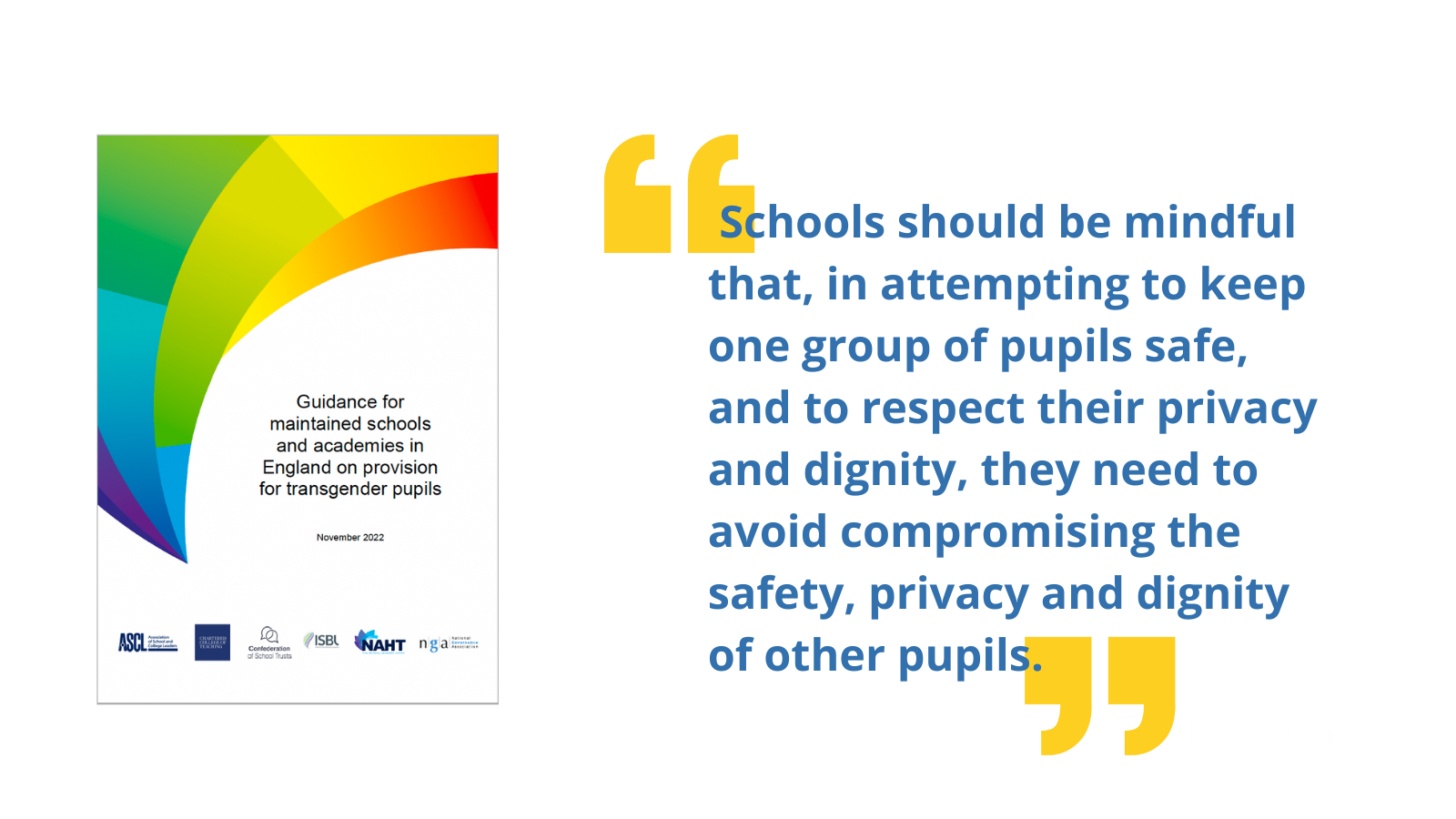
Sex Matters offers a qualified welcome to the new Guidance for maintained schools and academies in England on provision for transgender pupils published by the Association of School and College Leaders, Chartered College of Teaching, Confederation of School Trusts (CST), Institute of School Business Leadership, National Association of Head Teachers and National Governance Association.
A useful contribution
These are voluntary organisations of school leaders, and the new document is no substitute for stronger, clearer guidance from the Department for Education. But it shows that school leaders are recognising that they need to follow legal advice that reflects their obligation to protect all pupils, instead of relying on activist advice focused on the idea of “trans kids”. As the guidance says:
“Schools should be mindful that, in attempting to keep one group of pupils safe, and to respect their privacy and dignity, they need to avoid compromising the safety, privacy and dignity of other pupils.”
This approach is a marked departure from guidance produced by trans-advocacy groups such as the Intercom Trust and Allsorts, which promote “gender affirmation” using suicide threats, emotional blackmail and a legally unsupported interpretation of the Equality Act.
For schools seeking to avoid lawsuits, parents pushing back against the Stonewall/Mermaids affirmation approach and the DfE itself, this is a useful document which indicates that the schools sector is finally starting to shift away from ideology and back towards a cautious, reality-based attitude towards issues of sex, gender and transitioning.
In line with other guidance
Its practical advice on compliance with the Equality Act is largely in line with the guidance published by Sex Matters and Transgender Trend, and with a legal opinion by Dan Squires KC (published in February and commissioned by the Good Law Project). It endorses the previous Attorney General’s advice and draws on the Cass Review Interim Report, the EHRC’s recent guidance on single-sex services and the Sports Councils Equality Group guidance.
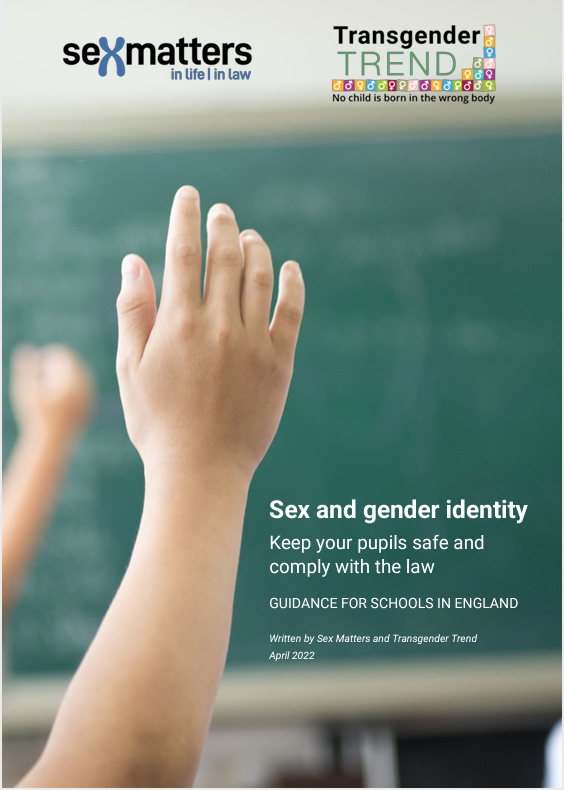

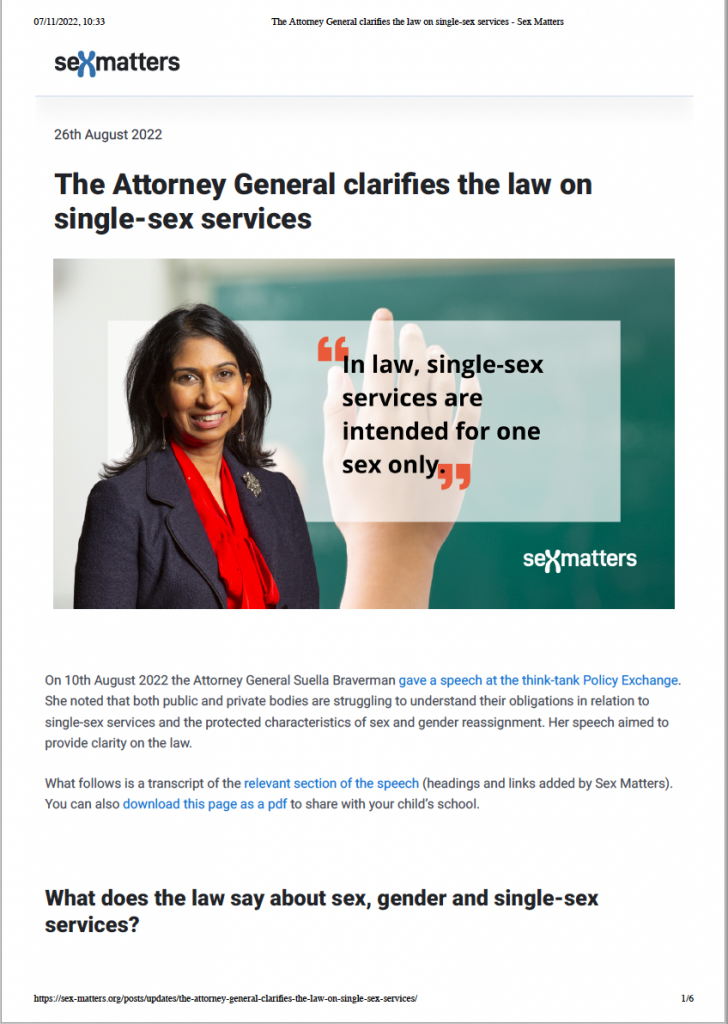
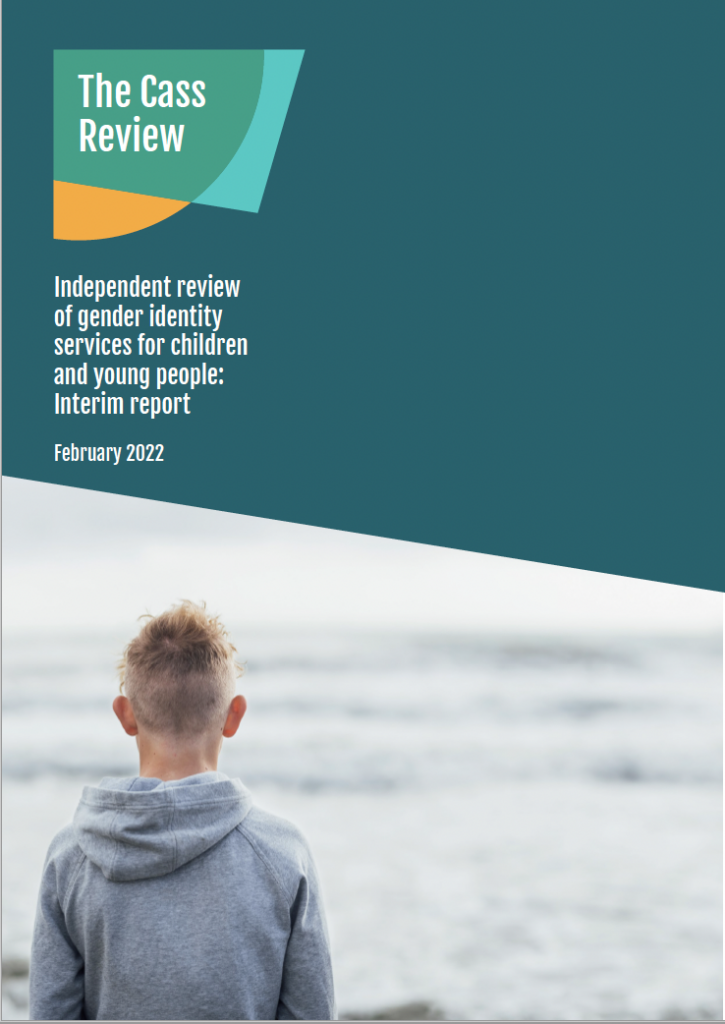

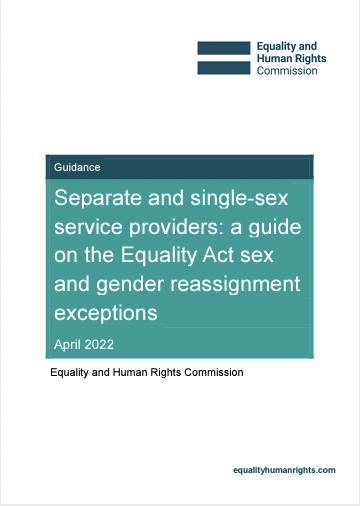
The Boarding Schools’ Association and the Independent Schools’ Bursars Association have issued broadly similar advice to their members.
Helpful practical advice
The starting position of the new guidance is that schools must have systems in place to ensure that all pupils’ educational needs and other legal rights are met at all times. Schools must follow the safeguarding framework Keeping Children Safe in Education 2022, and they must ensure that “all systems, processes and policies should operate with the best interests of the child at their heart”.
As the guidance sets out, all children have a right to education, and schools must not discriminate unlawfully against pupils because of protected characteristics, including gender reassignment, disability, sexual orientation and sex. The Equality Act gives broad protection against discrimination based on the protected characteristic of gender reassignment, but this does not mean a child has changed sex (or that a child will transition as an adult). Interpreting the Equality Act 2010, the guidance says:
- Regarding sport, schools have an element of professional discretion in deciding whether to “include male-bodied pupils in gender-affected sports with female-bodied pupils”. Schools are advised to think through and document their approach for the purpose of demonstrating the quality of their leadership and management, and how they are meeting requirements under health and safety, and under equality legislation (including fairness and opportunities for girls). It warns that if a school gets this wrong, it risks regulatory action by the DfE or the Health and Safety Executive (HSE), as well as legal claims for negligence or discrimination.
- Regarding toilets, schools must meet the premises requirements to provide single-sex facilities or fully enclosed unisex rooms. It states that allowing pupils of one sex to use the toilet facilities provided for pupils of the other sex breaches these requirements. It warns that making all toilets unisex/gender-neutral may create more problems than it solves, including giving rise to safeguarding risks, and being rejected by pupils concerned with safety, cleanliness, religion, embarrassment and privacy.
- Regarding accommodation on school trips, appropriate accommodation of trans pupils during overnight stays will require schools to consider the privacy interests of all pupils involved, to conduct appropriate risk assessments and to consider proportionality and consent, taking into account the needs of all pupils affected. It says that “there is a strong argument that it would be contrary to Article 8 ECHR, read with Article 14 (and therefore contrary to the HRA), to put a pupil in a position of having to undress or, possibly, sleep in the presence of members of the other sex.” This would be particularly the case where it is without that pupil’s knowledge and consent, even where there has been a risk assessment. It adds that even if a pupil has expressed consent to this situation, questions may arise as to whether the pupil was competent to give such consent, and whether apparent consent was genuine or the product of social pressure.
- Regarding “social transition”, (changing names and pronouns in order to present as a member of the opposite sex), it warns, in line with the Cass Interim Report, that this should not be undertaken lightly. Rather, schools should take a cautious approach and “look at other options for supporting pupils, pending further advice from the Cass Review, the DfE and/or EHRC”.
- Regarding single-sex schools, it is lawful to discriminate in admissions on the ground of sex. The single-sex status of a school is not compromised by allowing pupils who transition to remain in the school “because they remain legally of the sex for which the school is registered”. It states that a school which refuses to admit a child of the opposite sex on the basis of a transgender identity might face a legal challenge of indirect discrimination, but could justify its decision on the principle of being single-sex, and on practical and safeguarding grounds. As it says, “the admission of a trans pupil is likely to give rise to difficulties as regards toilet and changing facilities, sports and residential trips.”
The guidance moves away from the approach of promoting individualised case-by-case decision-making where a child wishes to access opposite-sex facilities and sports, and emphasises governance, policies and rules. This is important. As recently as May 2021 the EHRC was saying:
“We do not agree that schools should adopt a blanket policy of preventing trans pupils from using single-sex facilities according to their acquired gender, as this could lead to indirect gender reassignment discrimination unless objectively justified. This needs to be considered on a case by case basis.”
Trans lobby group Mermaids argues:
“The term ‘a proportionate means of achieving a legitimate aim’ is not a blanket rule and cannot be applied as a matter of policy. It is intended solely in respect to the impact of one individual by another individual in that specific situation at any given moment in time.”
Our concerns
We welcome that the guidance promotes schools having clear rules and policies, and recognises the need to balance rights. However, the document also promotes the idea of “transgender children” and of “misgendering”, which run counter to the findings to date of Dr Hilary Cass on paediatric gender distress, namely that many children grow out of dysphoria.
This is a crucial point for the DfE in developing its own guidance. While schools have to comply with the Equality Act, including the prohibition on discrimination based on “gender reassignment”, the protected characteristic should not be used to apply a diagnostic label to children. As Dr Cass points out, the needs of children are complex and the labelling of children as transgender elevates their wish to be the opposite sex above other issues they may be experiencing.
The area of greatest concern in the new guidance is that it suggests that a mixed-sex school may undertake the extreme approach of keeping a child’s sex confidential (i.e accommodating the request for a child to attend school in “stealth mode” as the opposite sex). We think this is incompatible with the safeguarding and human-rights principles that other parts of the guidance rely on. The same objections about toilet and changing facilities, sports and residential trips that apply to single-sex schools also apply to separate-sex provision in mixed-sex schools. Similarly, this approach neglects the privacy rights of other children who may be using designated single-sex facilities without having given valid consent to sharing them with a child who is, in material reality, a member of the opposite sex. This is inconsistent with the approach taken elsewhere in the guidance, and is likely to raise the sorts of legal and regulatory issues pointed out there.
Moreover, the principle of Gillick competence suggests that any child immature enough to pass unnoticed as the opposite sex among their peers would also be too young to make a decision to be institutionalised into a lie that they actually are the opposite sex. It is a decision that puts a child’s public identity on a collision course with their natural maturing of body and mind. Also engaged is the right of the other children not to be co-opted into a practice that they are also too young to understand or consent to. More broadly, the school’s ability to robustly safeguard all its pupils is undermined by colluding in institutional lies about sex and consent. The DfE’s forthcoming guidance should make clear that it is never appropriate for a school to do this.
The guidance correctly notes that the DfE says secondary-school pupils “should be taught the facts and the law about sex, sexuality, sexual health and gender identity in an age-appropriate and inclusive way”, and that “sexual orientation and gender identity should be explored at a timely point and in a clear, sensitive and respectful manner”. But the very concept of “gender identity” is ill-defined and contested, and the sorts of materials produced by lobby groups and used in many schools are both scientifically inaccurate and highly politicised. The guidance could have done more to point this out, and to remind school leaders of their obligation to ensure that all lessons are accurate, ideologically unbiased and cognisant of the fact that pupils and their families will hold a wide range of beliefs when it comes to issues of sex and gender.
The guidance emphasises areas where there is clarity in legislation, existing statutory guidance or case law. Its aim is to provide a “safe harbour” for schools facing conflicting demands and potential legal challenges, as best it can given the current legal situation. But greater clarity is needed from the DfE. Its own forthcoming guidance must put safeguarding first and be consistent with the Cass Review.
